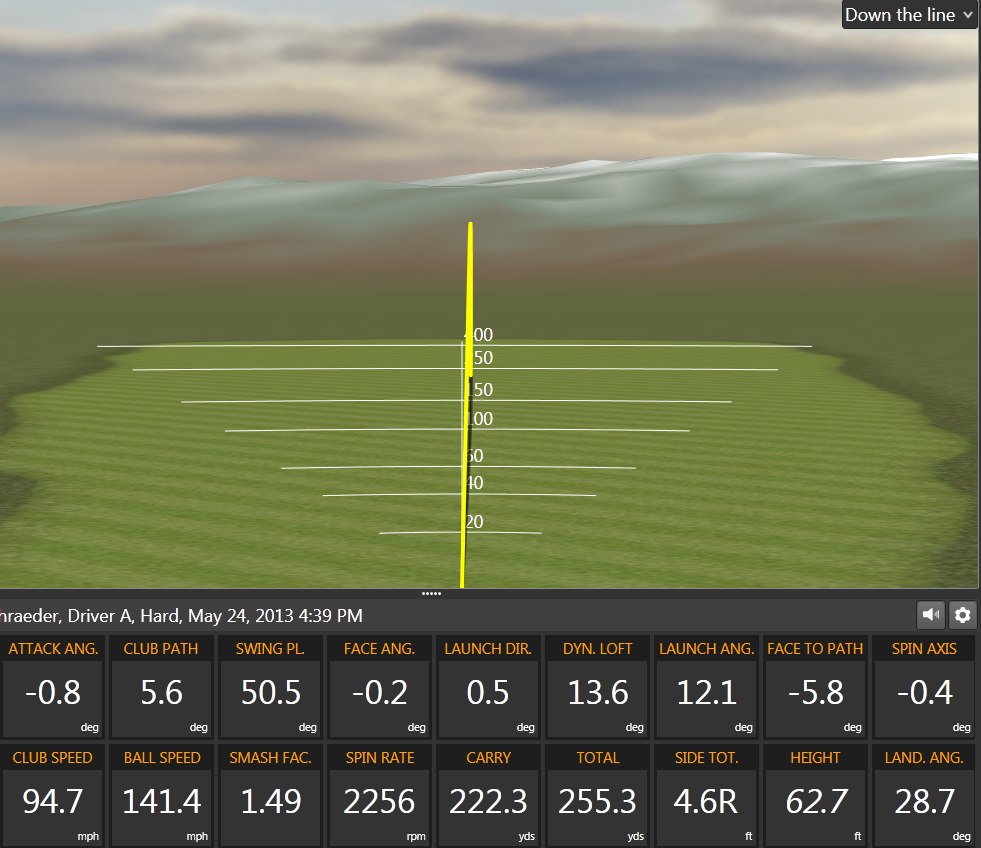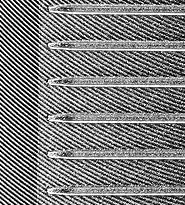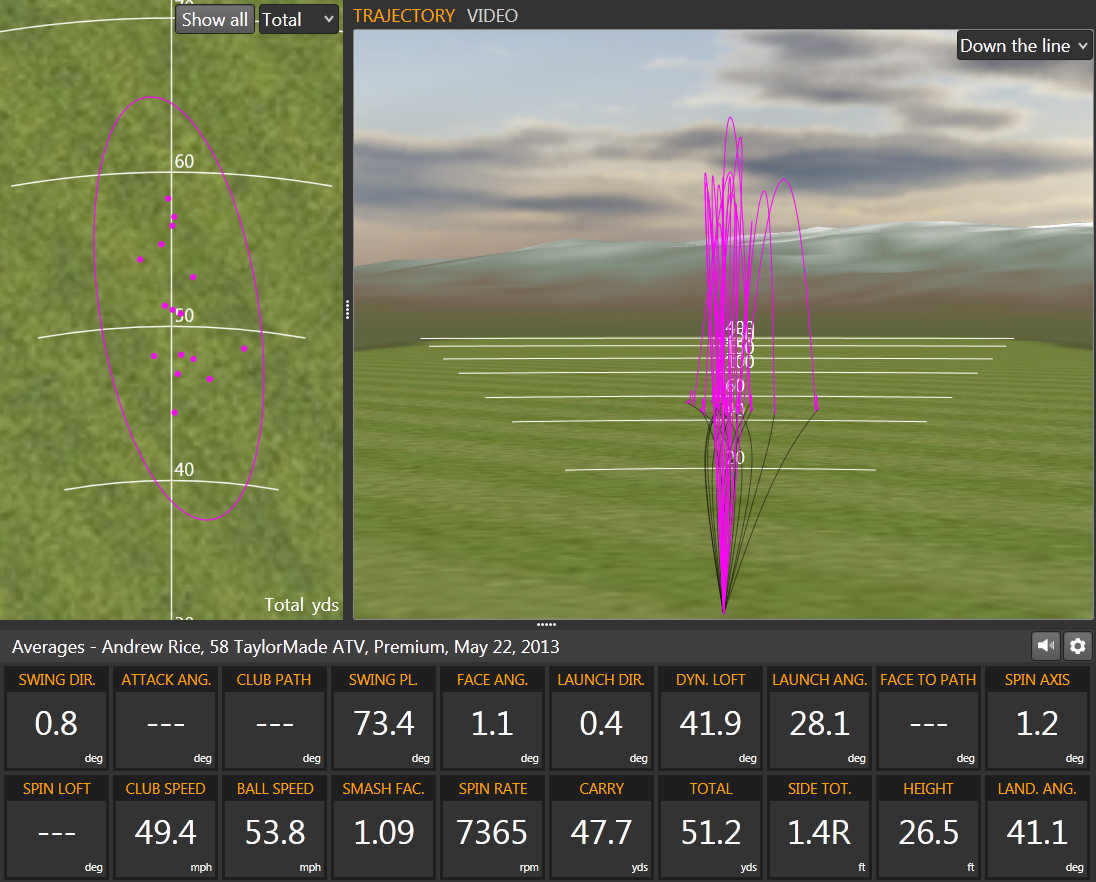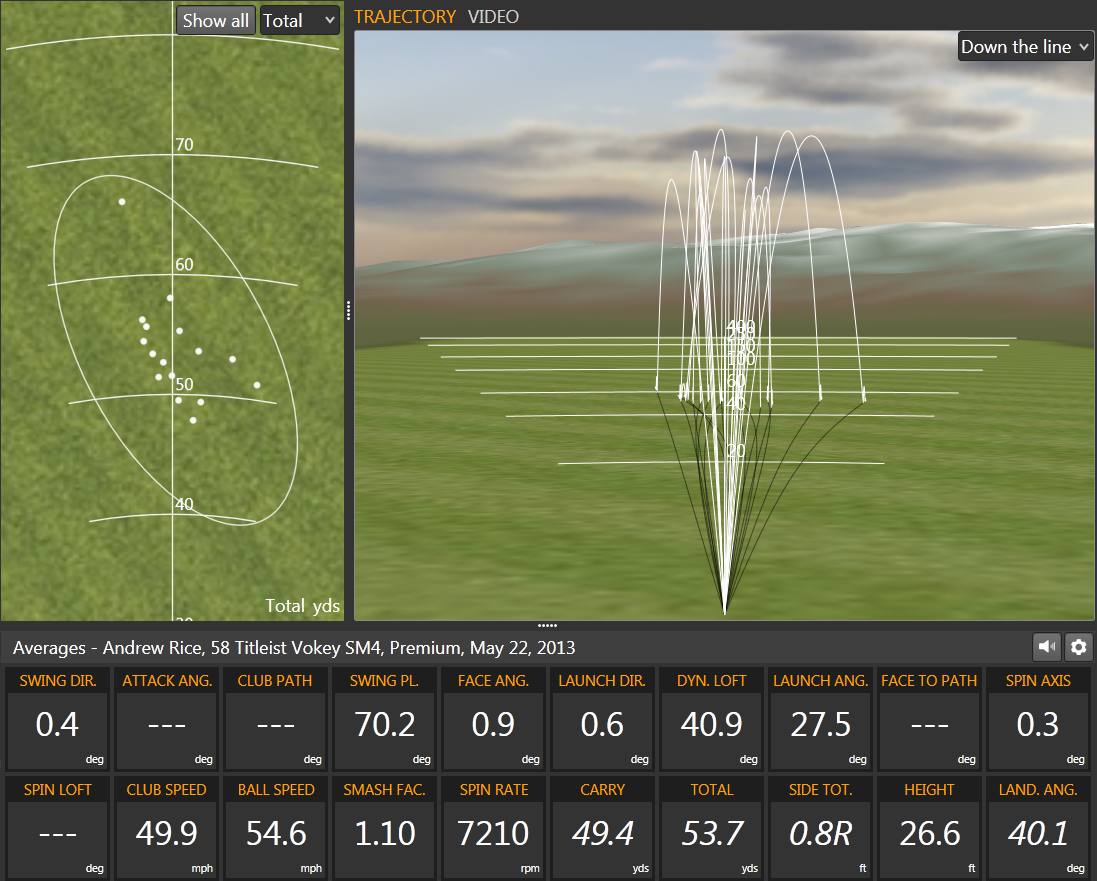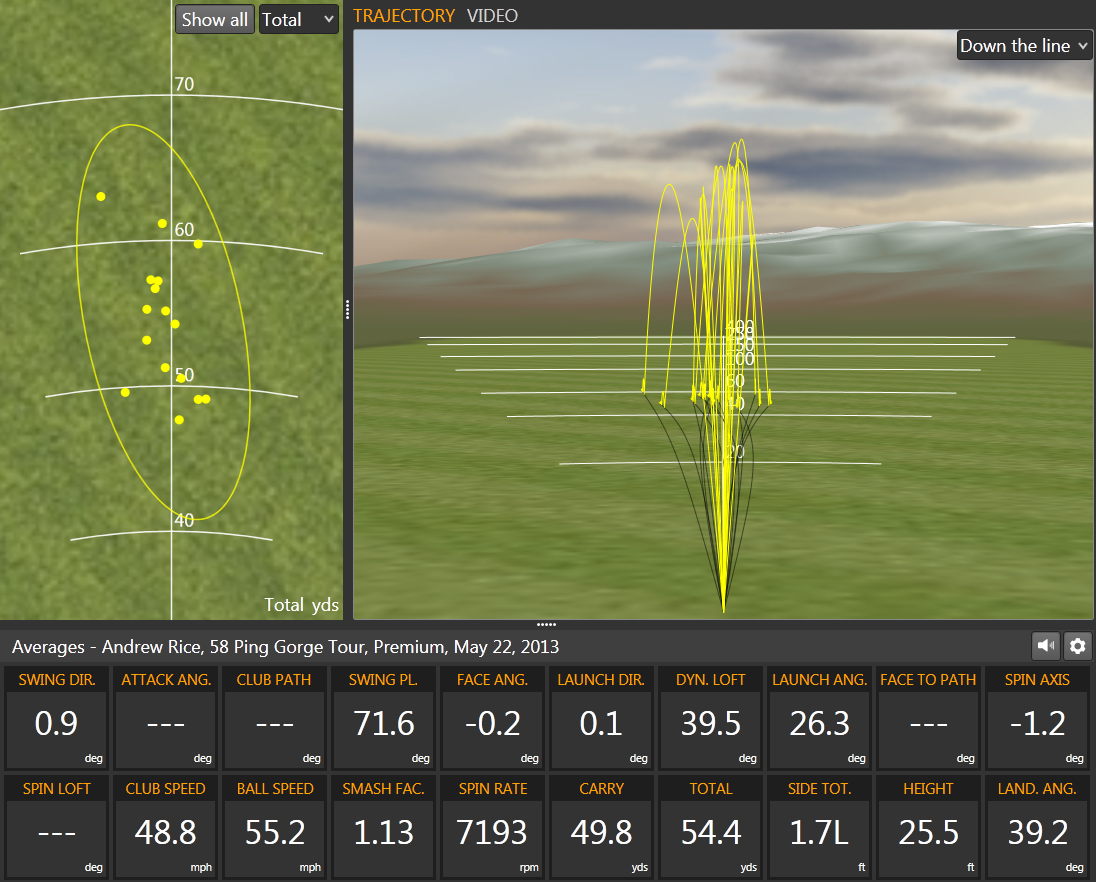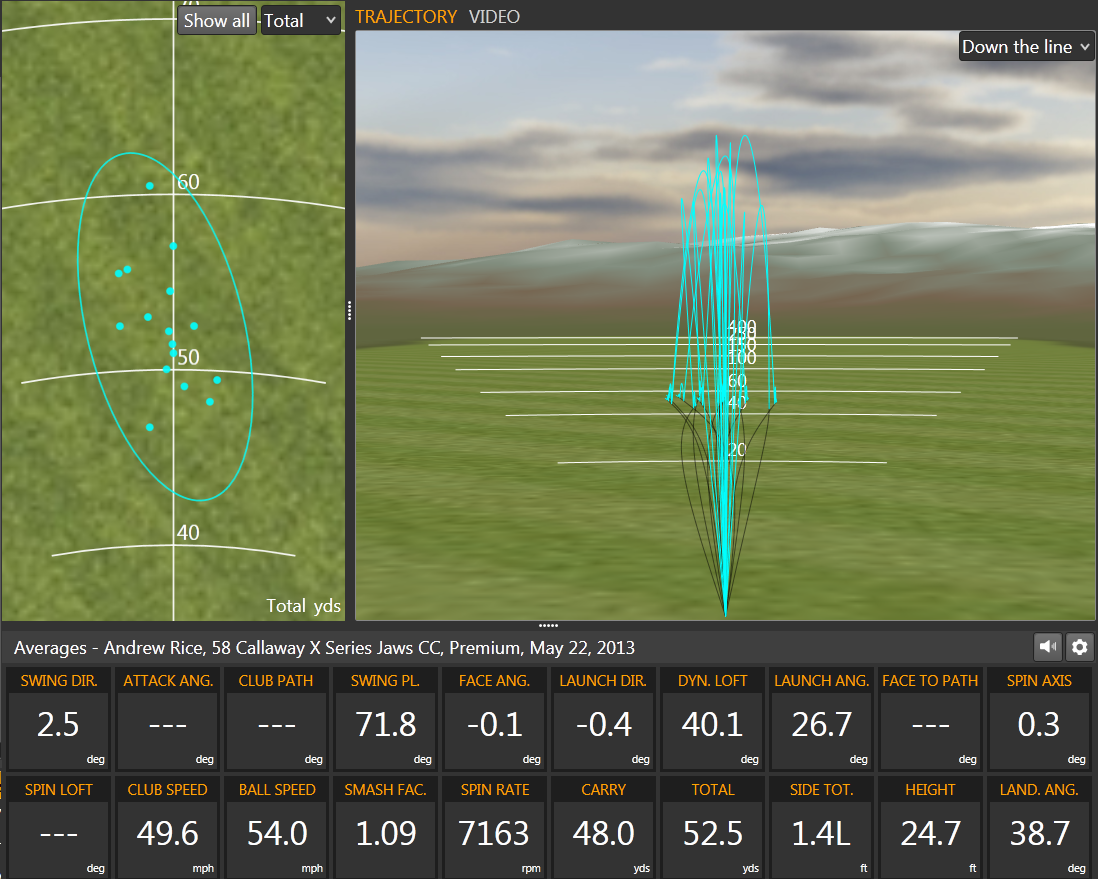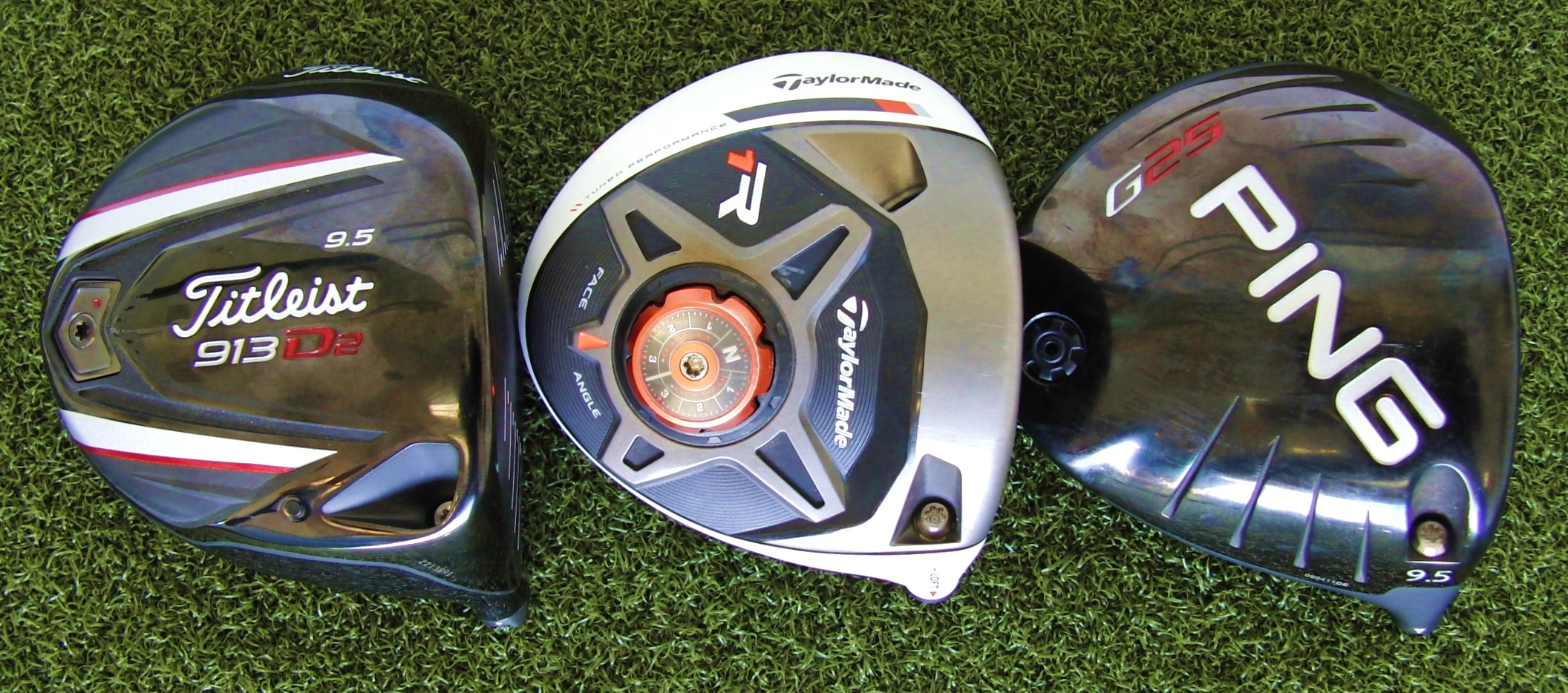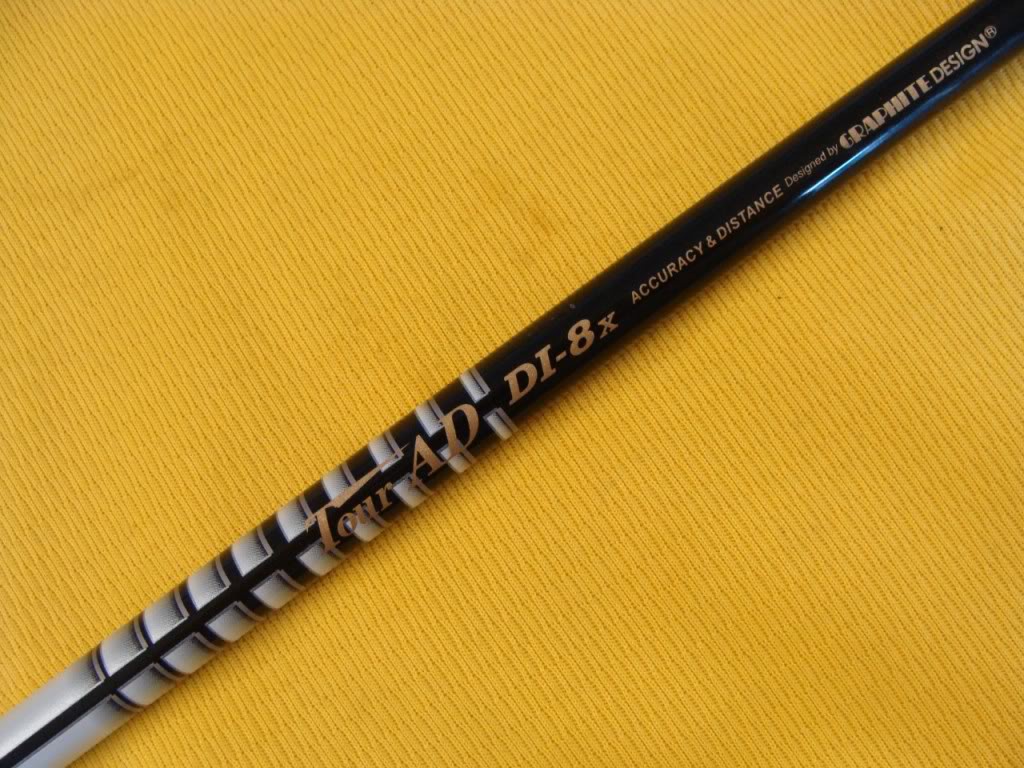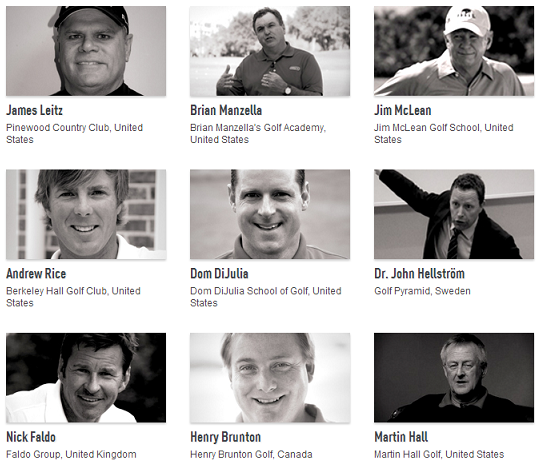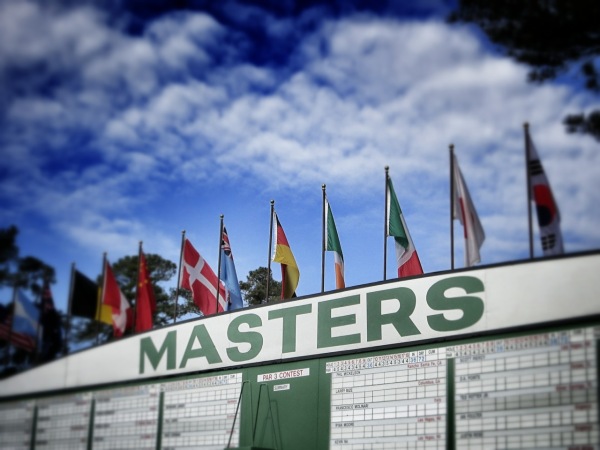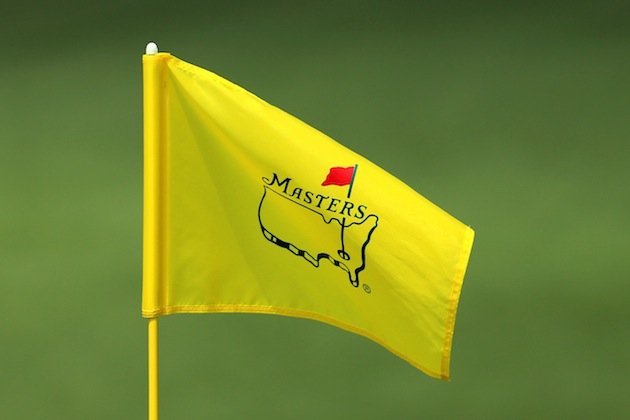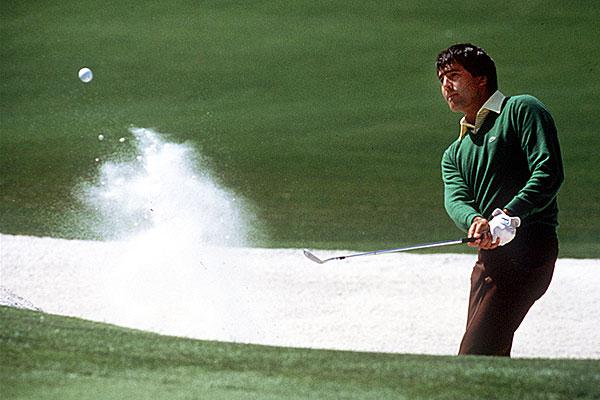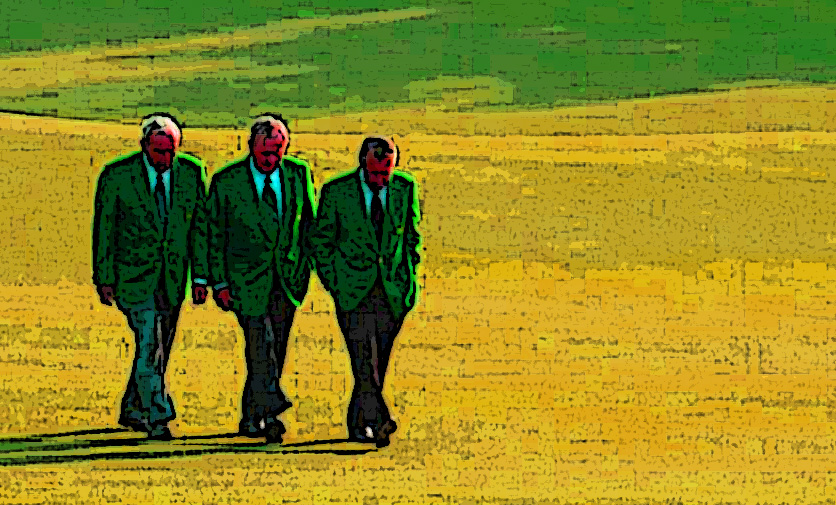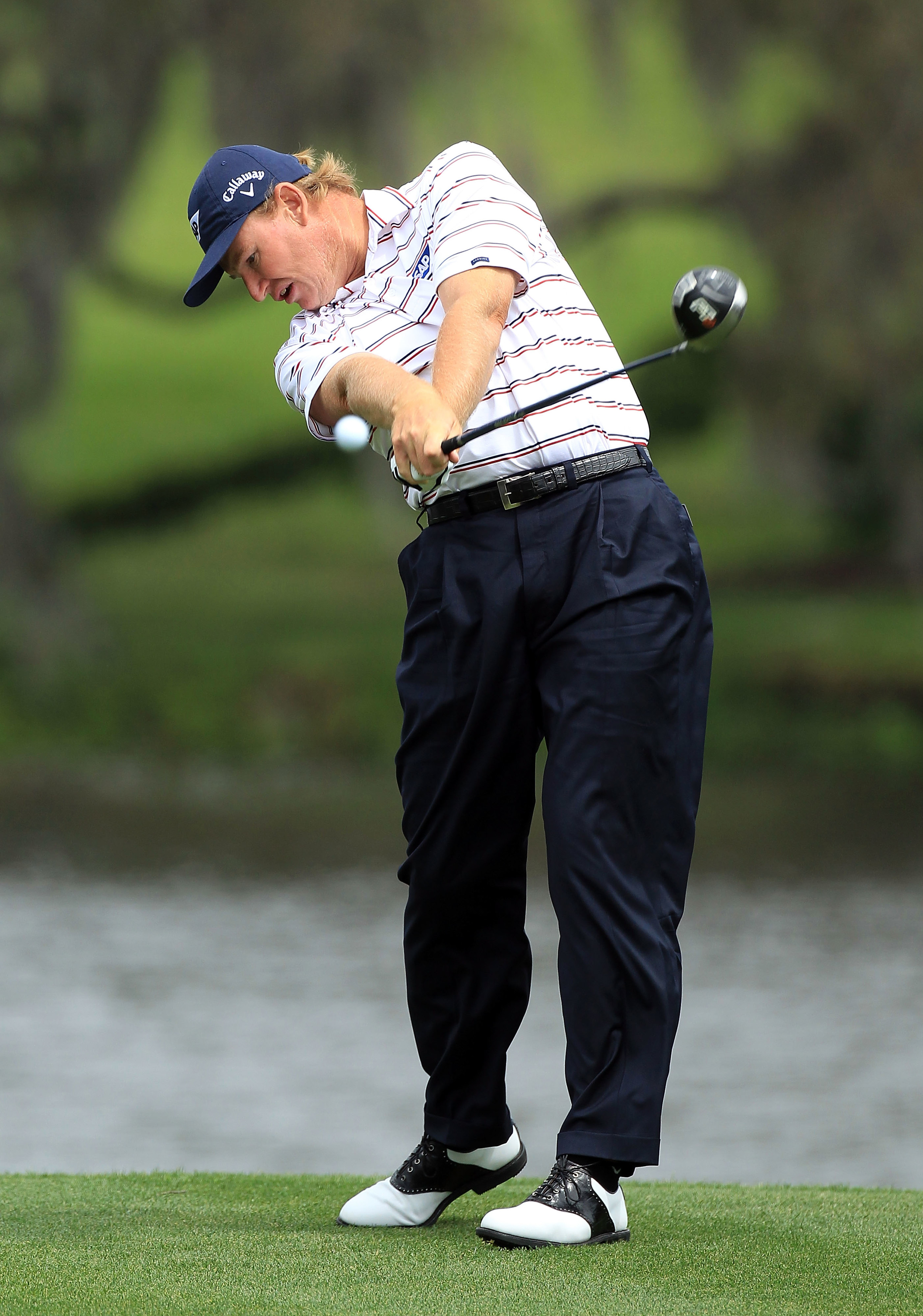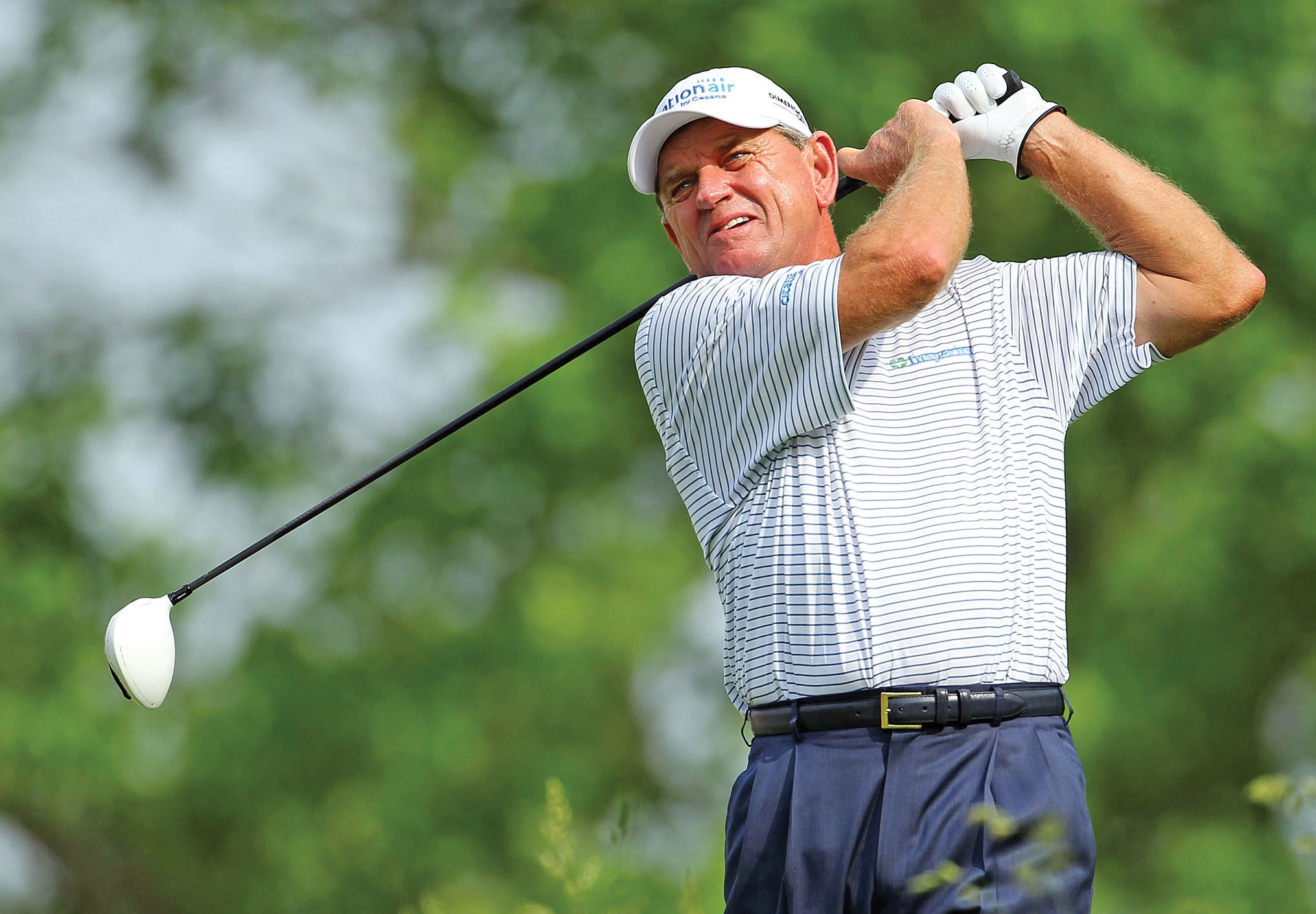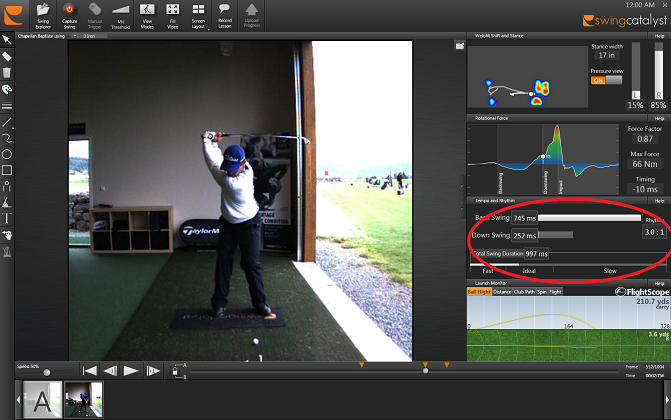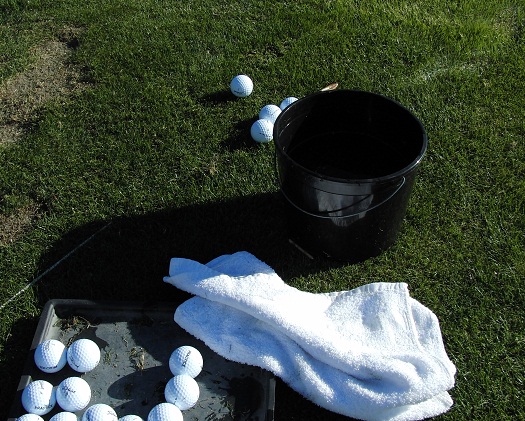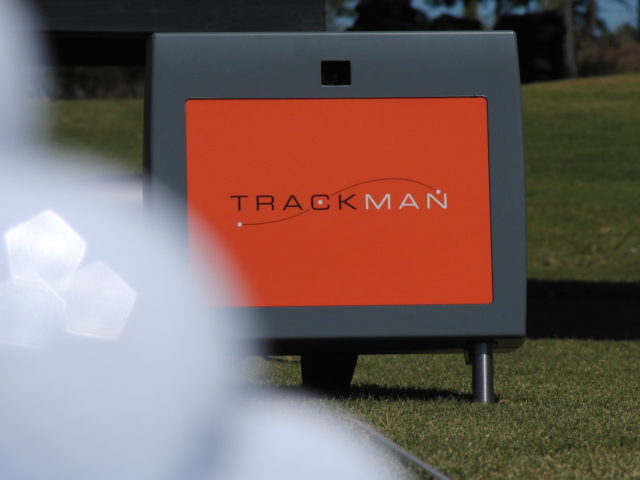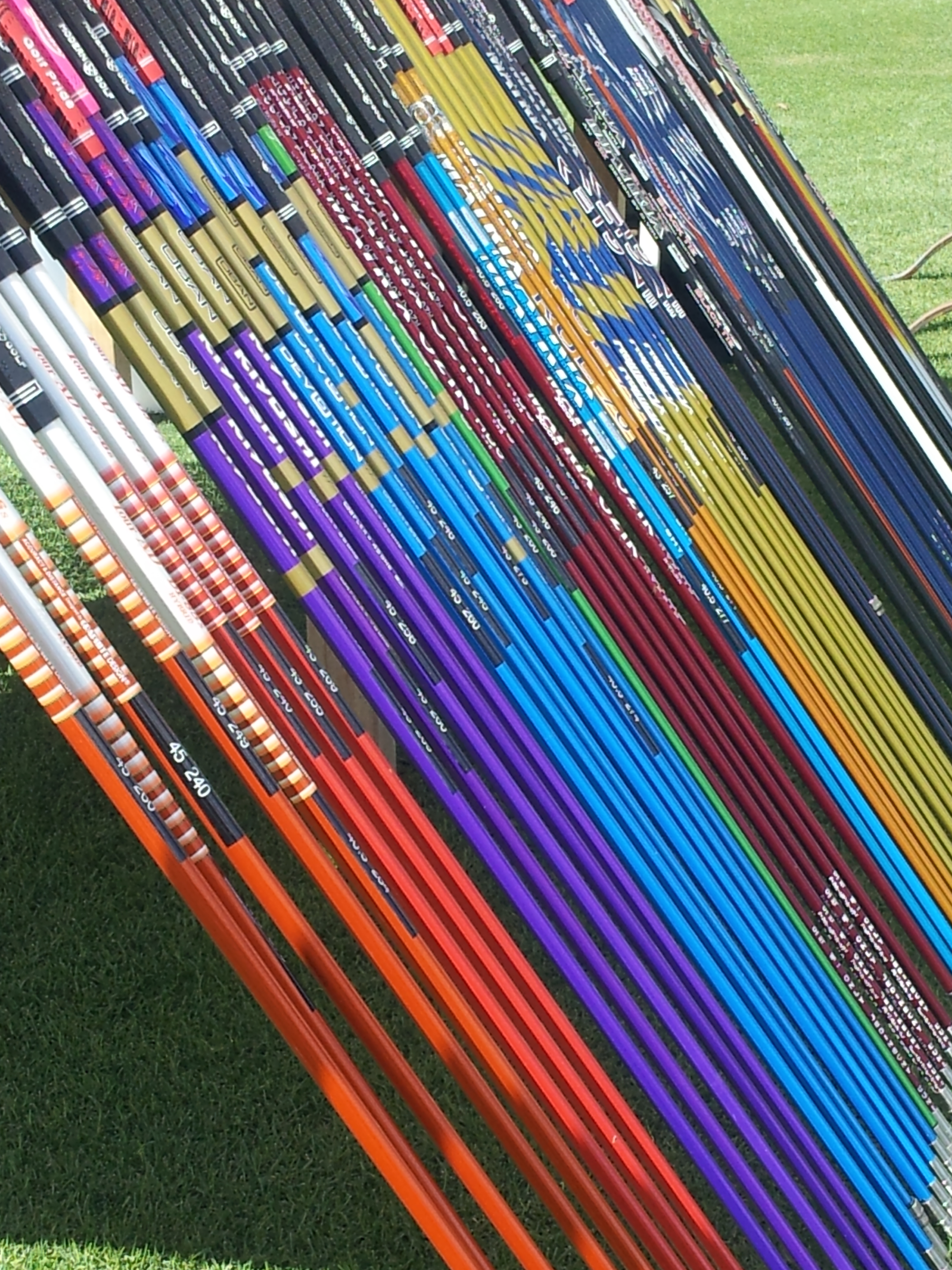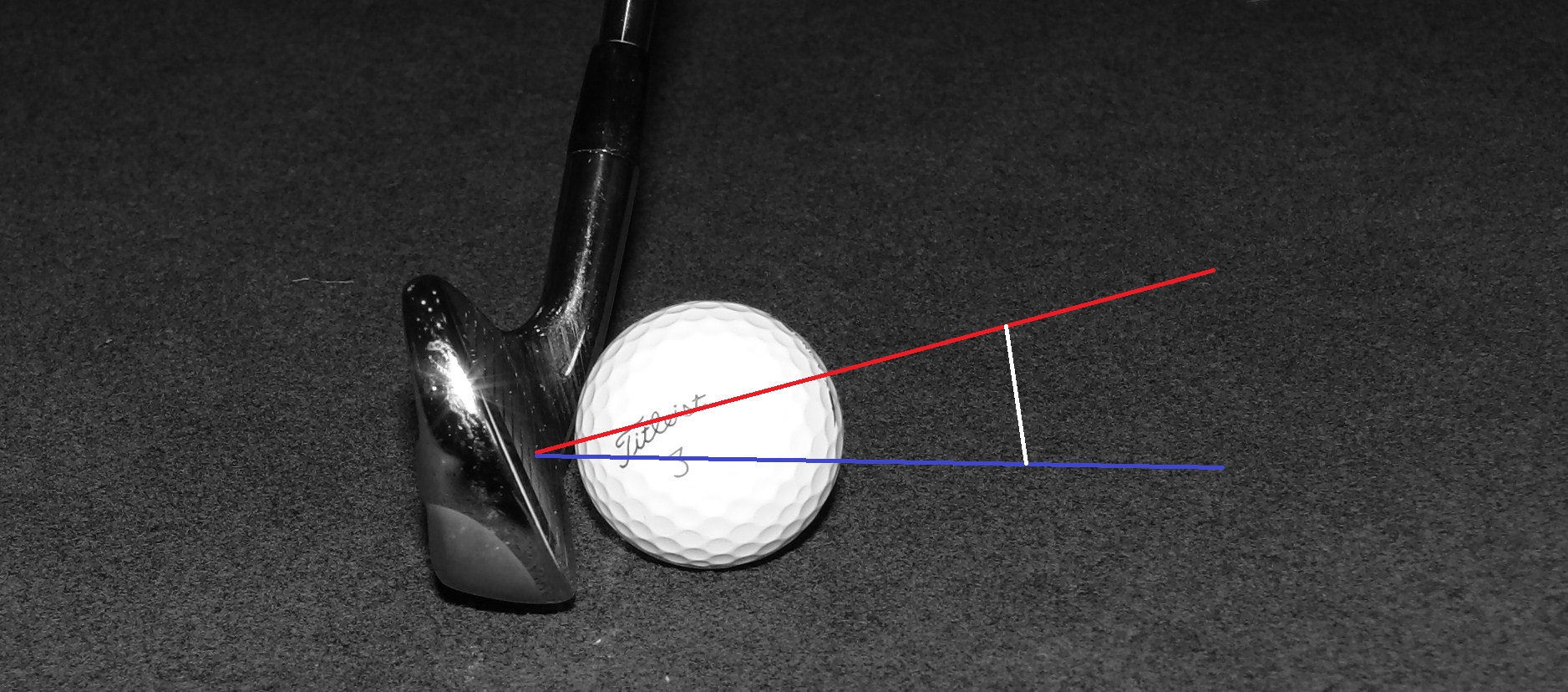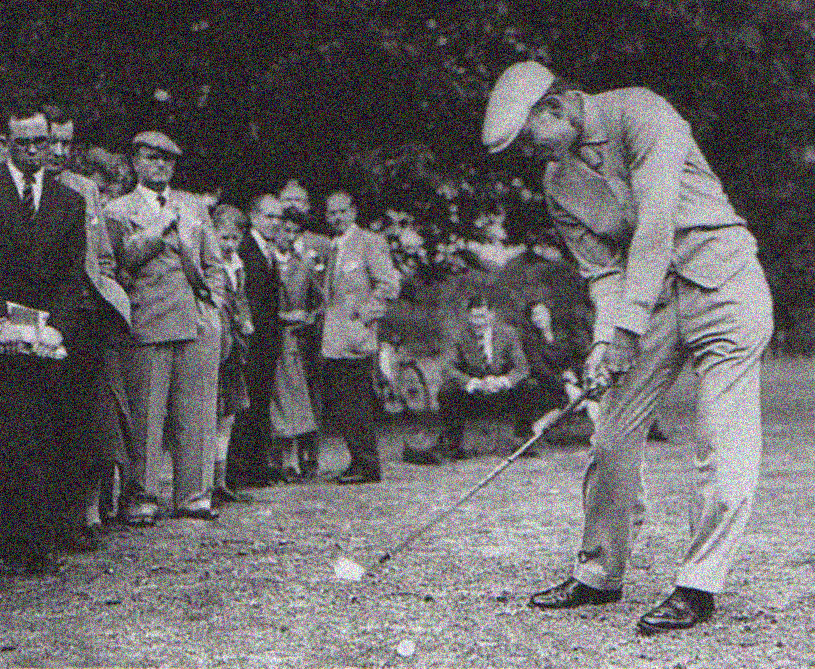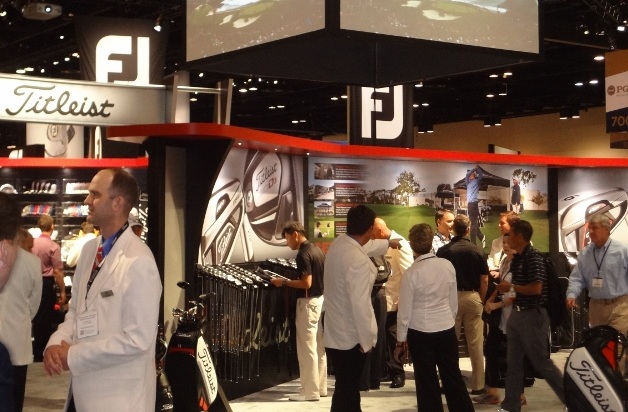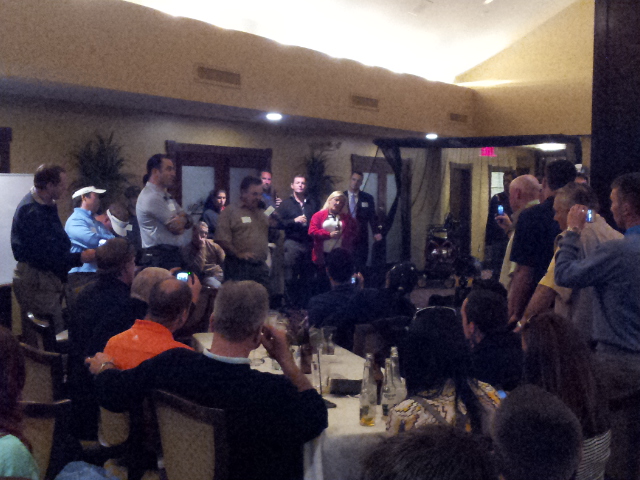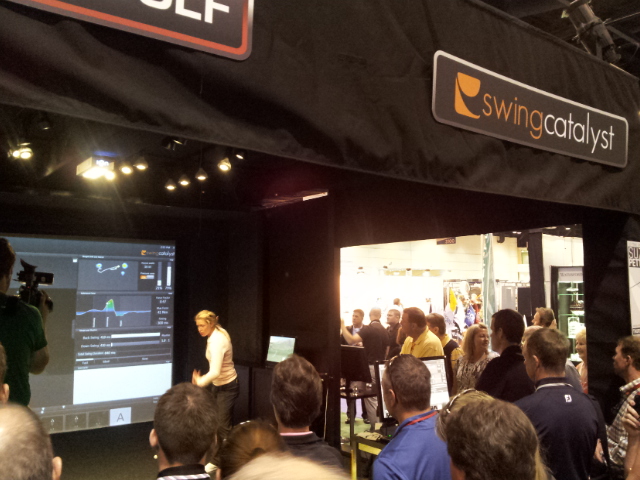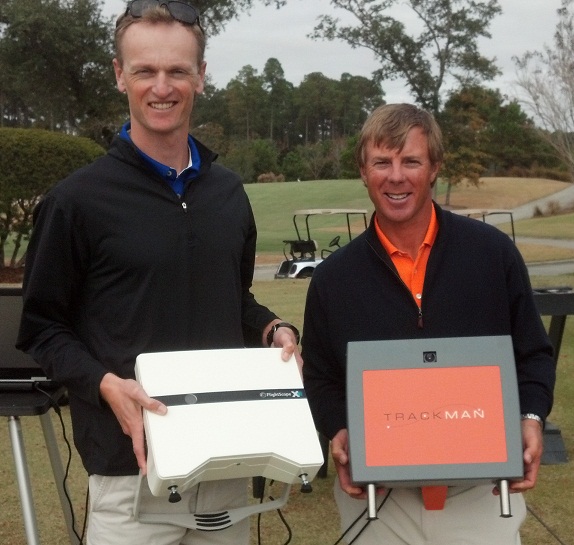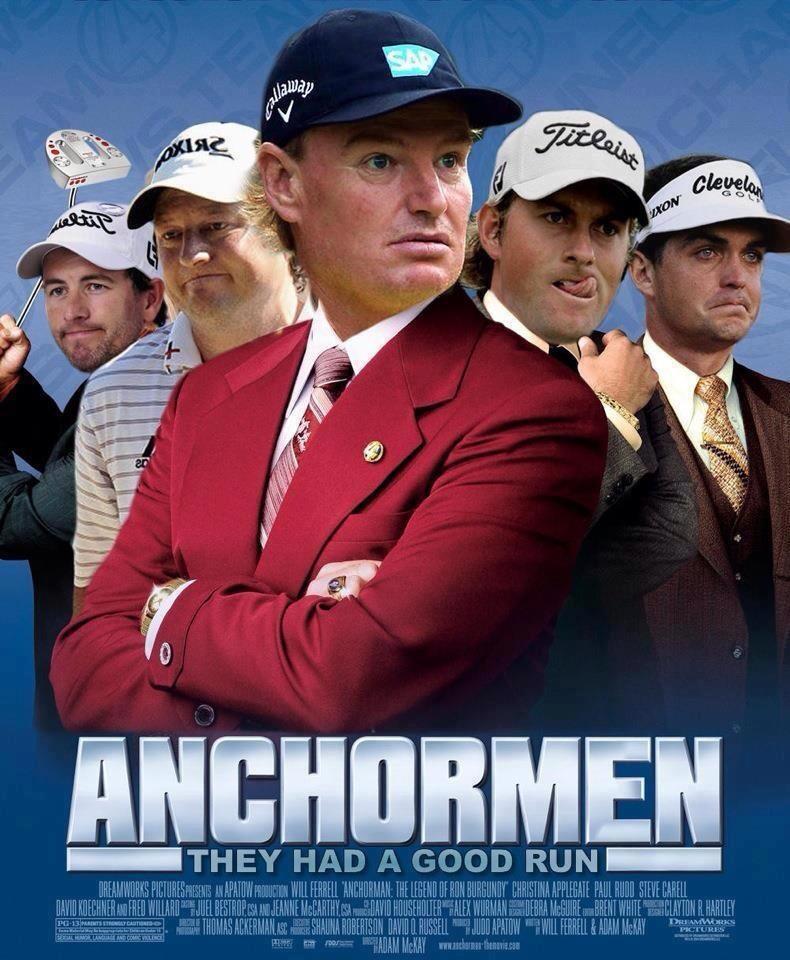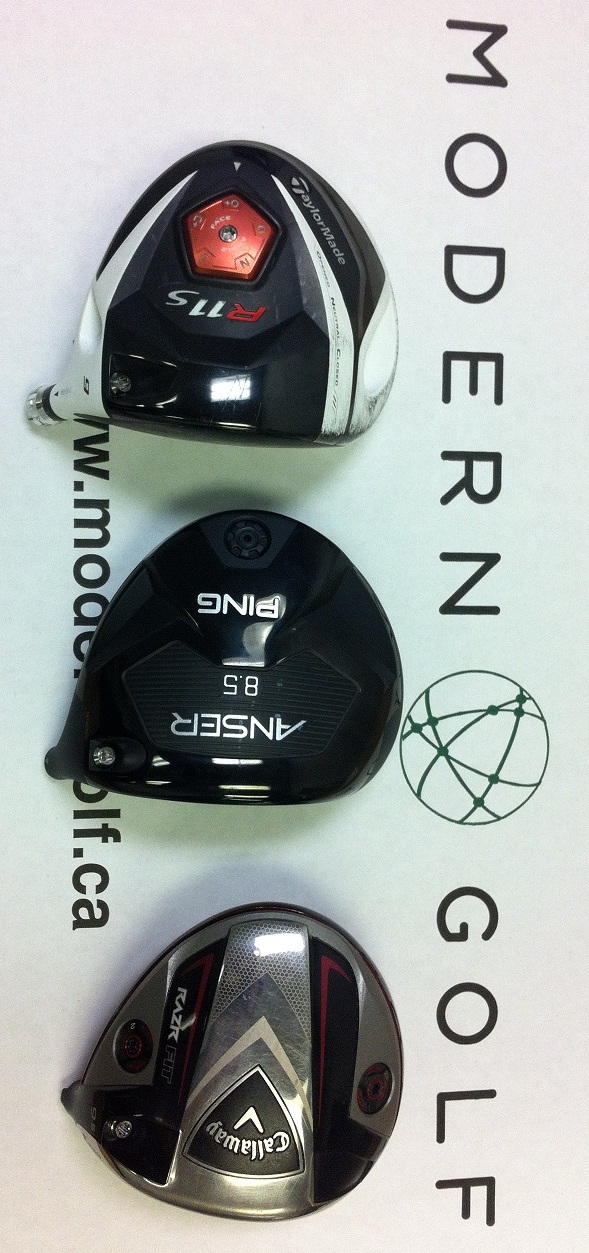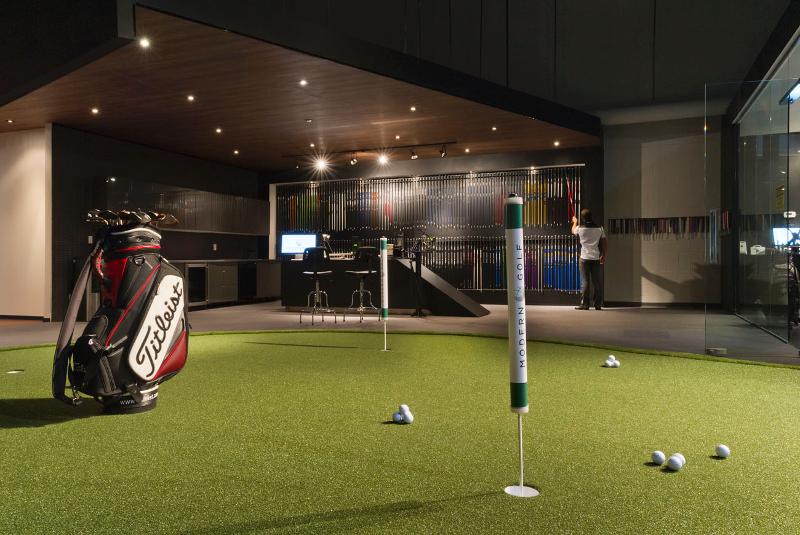From Slicer to Bomber
/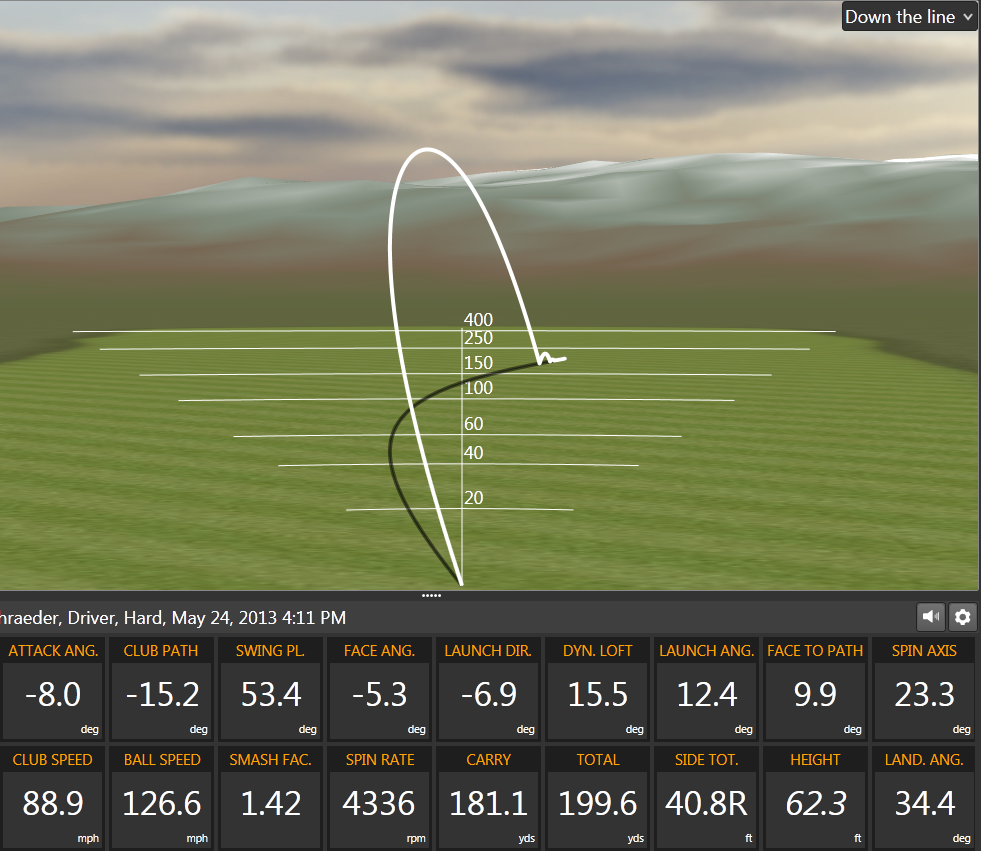 The above TrackMan screenshot indicates a very typical pattern for the slicer - an overly inward club path (-15.2 degrees out to in) along with a clubface angle that is open/right of where the clubhead is travelling (9.9 degrees). This package results in shots that invariably launch left and curve aggressively right, often shaping across the target line. The end result is a far from optimal tee shot coupled with a healthy fear of any shot that leaks too far into right field!
The above TrackMan screenshot indicates a very typical pattern for the slicer - an overly inward club path (-15.2 degrees out to in) along with a clubface angle that is open/right of where the clubhead is travelling (9.9 degrees). This package results in shots that invariably launch left and curve aggressively right, often shaping across the target line. The end result is a far from optimal tee shot coupled with a healthy fear of any shot that leaks too far into right field!
The video below demonstrates what I did with the "owner" of the slice illustrated above. I have had tremendous success with this technique - primarily, I believe, because it taps into a golfer's instinct that screams - in order for my ball to not leak right I must swing as much to the left as possible. Essentially the drill gives the golfer a reason, something they've never had, to swing to the right. Take a look....
- Tilt the face down 30 degrees (1 hour)
- Take normal grip
- Adjust shoulders and arms to square the face at address
- Swing out to right field
After working on this drill for a while the golfer started to get comfortable and gain a measure of confidence that the ball actually would work back to the left. This is what happened...
As you can tell from the above numbers the golfer has hit this shot more 55 yards longer. Part of that (15 yards) is due to an increase in speed, but as you can see - this player is now swinging from in to out, is hitting far less down on the ball, has substantially less spin and were it not for a slight heel side strike this would have been even longer.
These screenshots were taken during the course of a standard one hour lesson. They indicate an average shot from the player before the change and after. The golfer hit shots that were worse and better than both examples shown. Unfortunately an increase of 55 yards is not normal, but every little bit helps...!


